Александр Ремизов прежде всего архитектор, а архитектор должен быть художником. Искусство архитектуры – это творческий образ будущего строения. Поэтому творчество архитектора самое основное в образном мышлении.
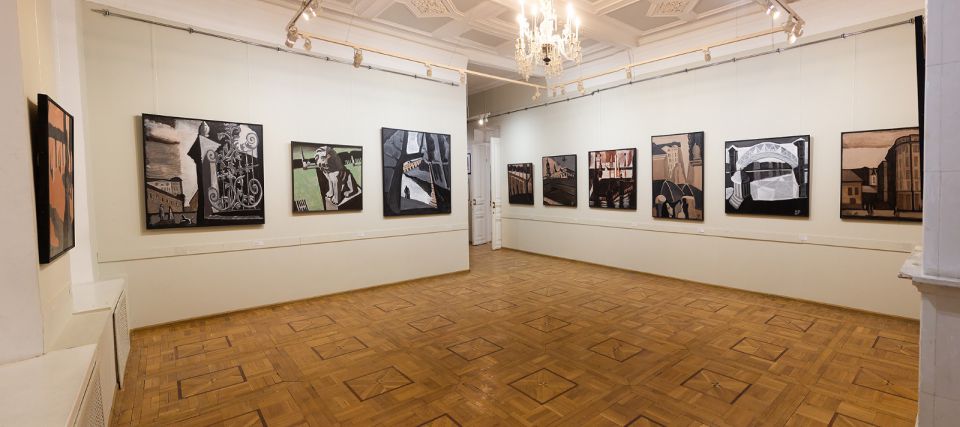
Александр, закончив в 1983 году МАРХИ и по счастливой судьбе попал в группу художников и исполнителей, работающих под руководством Андрея Владимировича Васнецова, который собрал своих бывших студентов и хороших исполнителей для осуществления следующих один за другим крупных заказов.
Александр включился в работу по специальности – архитектор. Для интерьеров здания посольства СССР в ФРГ он придумал самый простой выход из скучной, тупой архитектуры зала – превратить прямоугольный пустое и высокое помещение в торжественный зал приемов, окружив их колоннадой. Колонны – это эллинский подход к архитектуре, но они всегда величественны и красивы. Они преобразили зал и создали ситуацию для размещения прекрасных гобеленов и мебели, созданных по эскизам А. Васнецова художниками его группы.
Они создали тему времен Петра I – царя императора, вышедшего из глубин лесов и болот России к Европе. Решено было все - от стен, мебели, посуды, до светильников и гобеленов на стенах, выполненных его бывшими студентами и теперь они его сотрудники и, можно сказать, соавторы.
Совершенно противоположный замысел был при перестройке и архитектурного дополнения к зданию Третьяковской галереи. Здания XIX века были спроектированы Виктором Васнецовым – дедом Андрея Васнецова типично русскими по духу. Директор Юрий Королев обратился к Андрею Васнецову не только как к замечательному художнику шестидесятнику XX века, но чисто дипломатически, чтобы проще было разговаривать с московским начальством не только о реставрации старых зданий, но и о расширении новой территории Третьяковской галереи. Хотя, общий замысел был Андрея Васнецова, но основной стиль по образности – это все металлические решетки, аркады с открытой галереей, цвет – охра красная с белыми деталями, что превратило все это в пластический стиль древнерусского чувства.
Это решение было большой удачей Александра Ремизова и в совместной работе с мастерами под руководством А.В. Васнецова произошло великое событие в году – создание новых экспозиционных помещений и всего комплекса в едином духе со старыми залами Виктора Михайловича Васнецова.
В Московском инженерно-строительном институте – роспись на тему истории строительства и архитектуры от Неолита до наших дней по эскизу А. Васнецова и исполнение в натуре не произошло, остался только картон в натуру, исполненный А. Ремизовым.
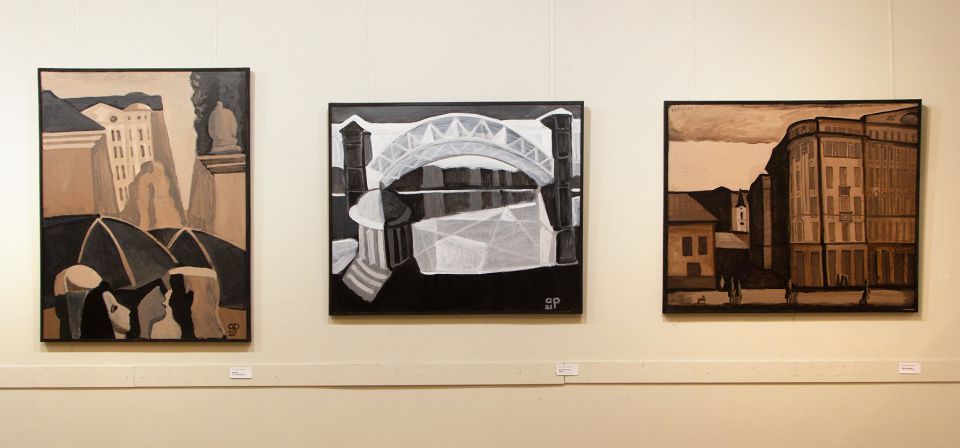
После этих крупных проектов и их воплощения невозможно не упомянуть о серии загородных домов, именно сельских домов среди нашей замечательной природы, наших доморощенных садов и огородов.
Недаром в XIX веке дворянские усадьбы назывались не «домами» и не «дворцами», а усадьбами, то есть, загородное и огородное дворянское поместье - по «месту» около природы. Эту образную сторону загородных домов Александр Ремизов замечательно придумал, как разнообразные по формам, так и по скульптурному силуэтному стилю. Они иногда, как грибы, а то, как ритм целого ряда сельских изб. Описывать каждый проект не имеет смысла – это не дело критика, а это просто серия творческих поисков, творческих находок и творческих удач. Он – архитектор, как бы играет в разнообразие форм, силуэтов, цвета и обязательно деталей – то, что естественно находит свой образ.
Сейчас мода у владельцев загородных домов превращать их во дворцы. Но если вспомнить, как лирически и нежно строились дворянские усадьбы, а уж к концу XIX века они старались подражать русским избам с резными наличниками, решетками на окнах, с крышами в виде кокошников, и вообще с разнообразием рельефных деталей, то понимаешь эту особенность загородных дач у Александра Ремизова и как у талантливого архитектора можно заметить в каждом проекте и подсобном построении.
В заключение об архитектуре мне бы хотелось сказать дифирамб о его участии в проекте «Архитектура на воде». Это образ преображенной в ритм конструкций ракушек замечателен. И самое интересное в нем - это образ в подводной конструкции.
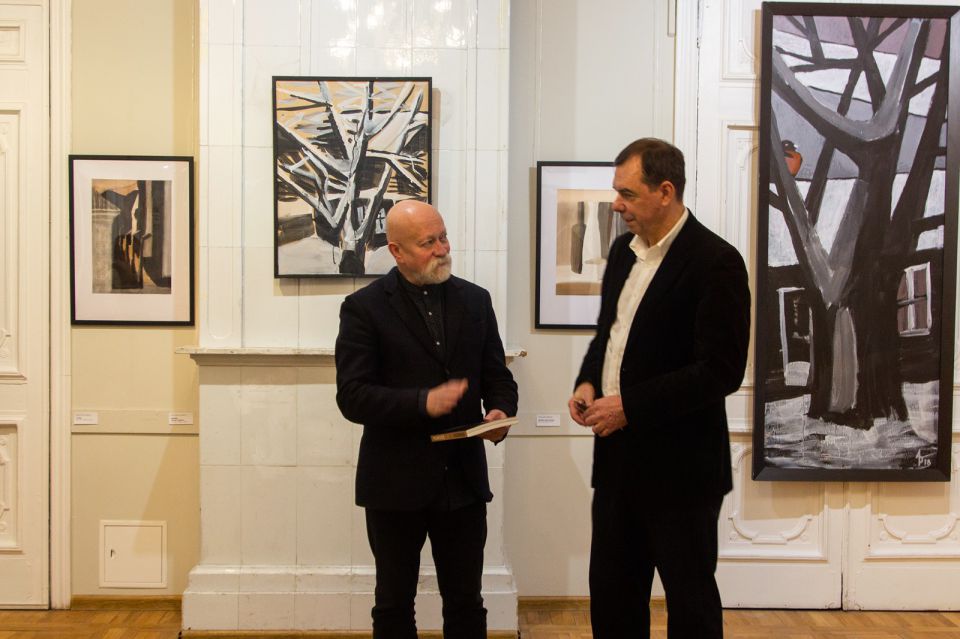
Эта конструкция естественным образом переходит в его, я хочу сказать, планшеты с живописью. Это и холсты, и листы бумаги, и планшеты, написанные акрилом, тоже не очень поддающимися воплощению красками.
Нет просто пейзажей – это образ той части взгляда, которая его – автора, поразила и остановила. В сельском пейзаже он вдохновляет свою душу. Наиболее ярко это в легких карандашных набросках за минуту. В московских улицах он выхватывает самые характерные части переулка или мостика, которые мы всегда видим и не видим, а если взглянуть взглядом художника, то оказываются они ритмически красивы во фрагментах, все узнаваемо и «похоже».
Художник создает как бы серии на темы: Кусково, Царицыно, Пятницкие переулки Москвы, но и в отдельности каждая композиция ярко передает образ каждой темы. Нельзя сказать, что они живописны, а скорее более графичны. И его графика в этой живописи также архитектурно построена.
Александр Ремизов яркий художник - и живописец, и график. Он все старается разложить по темам, по полочкам. Но темы и образы у него возникают сразу в пейзаже и с фигурами в нем и с натюрмортом где-то на окне, откуда виден пейзаж. То есть одновременно пишет все темы сразу и повторяет их по многу раз, чтобы передать, как можно выразительней и четче выявить тематический образ.
Мне кажется, не нужно автору разделять свое изобразительное искусство по темам. Они так или иначе видны в своей образности.

Фигурки женские хороши в своей ракурсности. И не имеет значения они в интерьере или на траве и даже не имеет значения на каком цветном фоне они изображены, также как и натюрморты из разных предметов.
Все пейзажи, фигуры, натюрморты и интерьеры объединены общим ритмом вдохновенного движения в «данный момент». В этом его образность и отличительная черта творчества и его специфика поймать образ мгновенно. Добавить можно только то, что к ветвям дерева (яблоне) он относится также с любовью, как и к своим близким и родным людям.
Он любит пейзаж, московские старинные переулки, сельские домики, женские фигуры в различных движениях и ракурсах, натюрморты из простых предметов и желании выразительности изображаемого иногда пережимает острую их форму, создавая из всего этого ритмический строй, как архитектор.
В этом его особенность творчества – Александр Ремизов в архитектурных проектах художник, а в живописных планшетах он архитектор.
Элеонора Жаренова
Народный
художник,
Академик
Академии Художеств,
Лауреат
Государственной Премии.
26 декабря
2021г.
________________________________________________________________________________
TO CATCH THE IMAGE
Alexander Remizov is primarily an architect, and an architect must be an artist. The art of architecture is a creative image of the future structure. Therefore, the creativity of the architect is the most basic in figurative thinking.
After graduating from the Moscow Architectural Institute in 1983, Alexander ended up in a group of artists and performers working under the guidance of Andrei Vladimirovich Vasnetsov, who gathered his former students and good performing artists to carry out large art work orders following one after another.
Alexander joined the work as an architect.
For the interiors of the building of the USSR Embassy in Germany, he came up with the easiest way out of the boring, dull architecture of the hall - to turn a rectangular empty and high room into a ceremonial reception hall, surrounding them with a colonnade. Columns are a Hellenic approach to architecture, but they are always majestic and beautiful. They transformed the hall and created a situation for the placement of beautiful tapestries and furniture, created according to the sketches of A. Vasnetsov by the artists of his group.
They created the theme of the time of Peter I - the Tsar Emperor, who emerged from the depths of the forests and swamps of Russia to Europe. Everything was decided - from walls, furniture, dishes, to lamps and tapestries on the walls, made by his former students and now they are his employees and, one might say, co-authors.
A completely opposite idea was during the restructuring of the architectural addition to the building of the Tretyakov Gallery.
The 19th century buildings were designed by Viktor Vasnetsov, Andrei Vasnetsov's grandfather, and were typically Russian in spirit. Director Yuri Korolev turned to Andrei Vasnetsov not only as a remarkable artist of the sixties of the 20th century, but purely diplomatically, so that it would be easier to talk with the Moscow authorities not only about the restoration of old buildings, but also about expanding the new territory of the Tretyakov Gallery. Although the general idea was Andrey Vasnetsov, but the main style in terms of imagery is all metal bars, arcades with an open gallery, the color is red ocher with white details, which turned it all into the plastic style of the ancient Russian feeling. This decision was a great success for Alexander Remizov and in joint work with masters under the guidance of A.V. Vasnetsov, a great event took place in the year - the creation of new exposition premises and the entire complex in the same spirit with the old halls of Viktor Mikhailovich Vasnetsov.
At the Moscow Civil Engineering Institute, painting on the theme of the history of construction and architecture from the Neolithic to the present day according to the sketch by A. Vasnetsov did not happen, and only the cardboard made by A. Remizov remained in kind.
After these major projects and their implementation, it is impossible not to mention a series of country houses, namely rural houses in the midst of our wonderful nature, our home-grown gardens and orchards.
Not without reason, in the 19th century, noble estates were called not “houses” and not “palaces”, but estates, that is, country and garden noble estates - according to their “place” near nature. This figurative side of country houses Alexander Remizov remarkably came up with, both diverse in form and in sculptural silhouette style. They are sometimes like mushrooms, but rather like the rhythm of a number of rural huts. It makes no sense to describe each project - this is not the work of a critic, but it is just a series of creative searches, creative discoveries and creative successes. He is an architect, as if playing with a variety of shapes, silhouettes, colors and, of course, details - something that naturally finds its image.
Now the fashion for the owners of country houses to turn them into palaces. But if you remember how lyrically and tenderly noble estates were built, and by the end of the 19th century they tried to imitate Russian huts with carved architraves, bars on the windows, with roofs in the form of kokoshniks, and in general with a variety of relief details, then you understand this feature of suburban dachas Alexander Remizov and as a talented architect can be seen in every project and ancillary building.
In conclusion, about architecture, I would like to say a praise about his participation in the Architecture on the Water project. This image of shell structures transformed into rhythm is remarkable. And the most interesting thing in it is the image in the underwater structure.
This design naturally flows into his, I want to say, painting boards. These are canvases, and sheets of paper, and tablets, painted with acrylic, also with paints that are not very amenable to embodiment.
There are no just landscapes - this is the image of that part of the look that struck and stopped him - the author. In a rural landscape, he inspires his soul. This is most pronounced in light pencil sketches in a minute. In Moscow streets, he picks out the most characteristic parts of an alley or a bridge, which we always see and don’t see, and if you look with the eyes of an artist, they turn out to be rhythmically beautiful in fragments, everything is recognizable and “similar”.
The artist creates, as it were, series on the themes: Kuskovo, Tsaritsyno, Pyatnitsky lanes of Moscow, but individually, each composition vividly conveys the image of each theme. It cannot be said that they are picturesque, but rather more graphic. And his graphics in this painting are also architecturally built.
Alexander Remizov is a bright artist - both a painter and a graphic artist. He tries to put everything on the topics, on the shelves. But the themes and images for him appear immediately in the landscape and with the figures in it and with a still life somewhere on the window, from where the landscape is visible. That is, he simultaneously writes all the topics at once and repeats them many times in order to convey the thematic image as expressively and clearly as possible.
It seems to me that the author does not need to divide his fine art by topic. They are somehow visible in their imagery.
Figures for women are good in their perspective. And it doesn’t matter if they are in the interior or on the grass, and it doesn’t even matter what color background they are depicted on, as well as still lifes from different objects.
All landscapes, figures, still lifes and interiors are united by a common rhythm of inspired movement in the “now moment”. This is its figurativeness and distinctive feature of creativity and its specificity to catch the image instantly. You can only add that he treats the branches of the tree (apple tree) with love as well as his close and dear people. He loves the landscape, old Moscow lanes, rural houses, female figures in various movements and angles, still lifes from simple objects, and the desire for expressiveness of what is depicted sometimes squeezes their sharp form, creating a rhythmic structure from all this, like an architect.
This is his feature of creativity - Alexander Remizov is an artist in architectural projects, and he is an architect in picturesque tablets.
Eleonor
Zharenova
People's Artist,
Academician of the Academy of Arts,
Laureate of the State Prize.
December 26,
2021



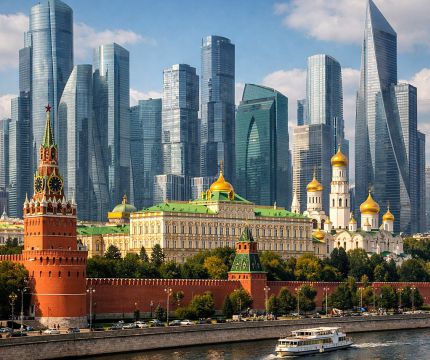

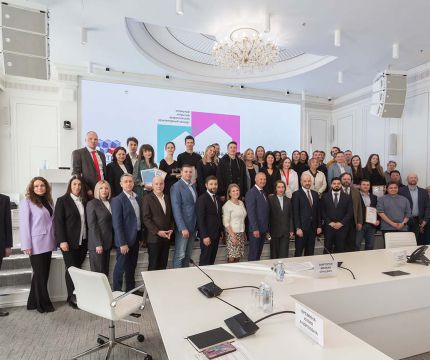
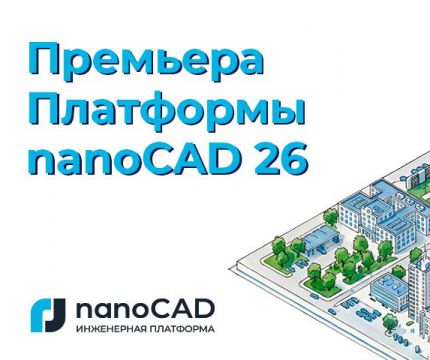






Комментарии (0)